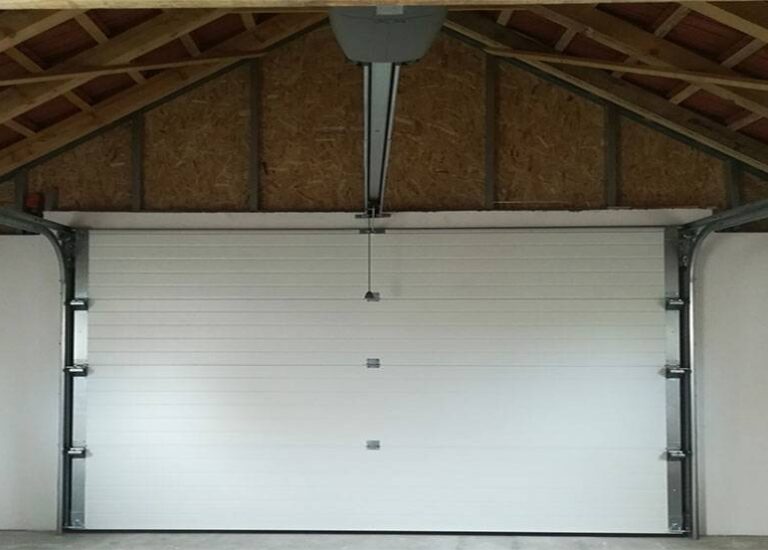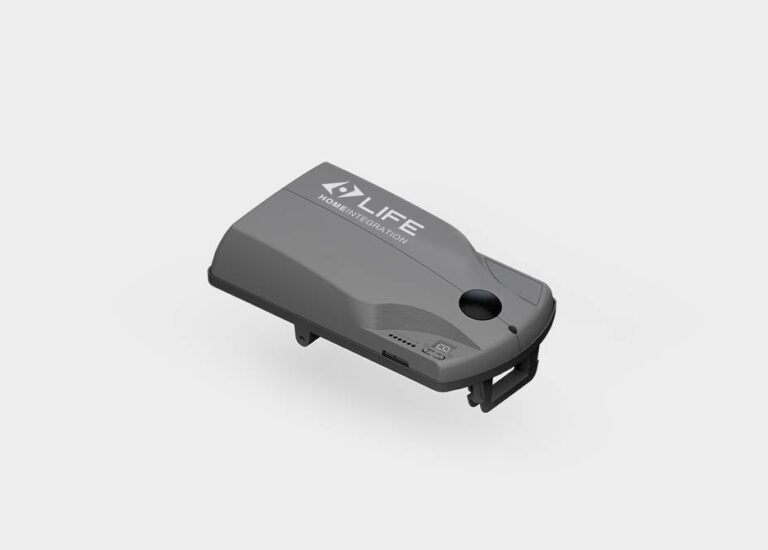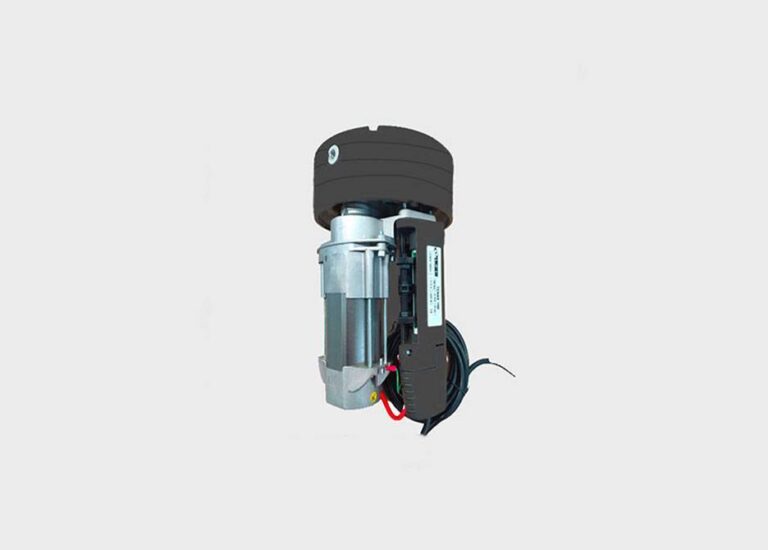Maintenance of sectional and up-and-over doors
In a previous article we spoke about motors for sectional and up-and-over doors, with an emphasis on their characteristics, differences and advantages.
Summing up what we mentioned previously, we can generally find two types of garage doors used in residential installations:
- Up-and-over doors
These are composed of a single rigid surface fixed onto two steel side pivots, which allow the garage door to open or nonetheless move in a balanced way thanks to a counterweight system.
We point out that up-and-over doors take up more space and are best used in combination with a pedestrian door.
- Sectional doors
The key feature of sectional doors is their retractable opening: the door slides upwards on guide rails into the ceiling, without protruding outwards.
The advantage of this solution is a reduction in the opening space required and a generally more discreet and elegant appearance.
When choosing the motor for sectional or up-and-over doors, the parameter to be considered, in addition to the type of garage door and its dimensions, is the space available above and below the door so that it can move unhindered.
HOW TO ENSURE THE EFFICIENT OPERATION OF A GARAGE DOOR
Now let’s shift our focus to the main topic of this article: how to ensure the perfect efficiency of an automated garage door.
First of all, it is important to highlight that any intervention must be carried out by a specialised technician so as to avoid incurring in dangerous accidents.
Private individuals must adhere to the instructions provided by the installer, but they play a fundamental role because it is their job to promptly report any episodes of non-compliance, poor functioning or difficulties that may in any way limit the normal opening and closing operations. The emphasis here is on the word promptly. It is important to intervene before the situation deteriorates or the problem gets worse.
Now, let’s consider the role of the installer.
The regulations governing the installation and maintenance of sectional and up-and-over doors are set out in Directive 2006/42/EC, also known as the “Machinery Directive”.
The Machinery Directive specifies that maintenance work on sectional and up-and-over doors must be carried out on a yearly basis and the firm in charge of the work must provide compulsory certification by attaching a label on the system after completing the work.
The firm that installs and maintains the automation system must provide a document that contains:
- the overall drawing of the motor-powered door;
- the wiring diagram and control circuit diagram;
- the list of risks deriving from the door and a description of the protection measures adopted;
- a technical installation and maintenance manual;
- instructions on how to use it properly;
- a maintenance logbook recording all the work carried out on the piece of machinery.
- the EC declaration of conformity;
- the filled-in label or plate complete with CE marking affixed to the motor-powered door.
RULES FOR CORRECT MAINTENANCE
Routine maintenance must be carried out on a yearly basis for manual doors and twice a year for motor-powered doors, so as to ensure the efficient operation of sectional or up-and-over door and prevent sudden breakages.
Let’s take a closer look at the list of the most common maintenance operations that must be carried out by a specialised technician on the sectional or up-and-over door:
- inspection and lubrication of sliding parts;
- inspection of screws and their tightness;
- inspection and assessment of seals;
- proper balancing of springs;
- inspection and cleaning of the motor bar;
- inspection and replacement of consumables;
- final check for correct operation.
A sectional door is nonetheless always subject to wear: cables, wheels and springs are moving parts that are subjected to continuous tensions and movements. Years after being installed, some of these components may stop working properly or deteriorate. Therefore, to avoid ending up with the door jammed and the garage inaccessible, or worse, jammed in the open position, any worn components such as cables or springs must be replaced.
The technician will be able to assess whether it’s time to replace these components.
Regarding the automation unit, besides the checks mentioned above, the technician will also:
- inspect the efficiency of the motor release mechanism;
- adjust the motor’s limit switches;
- check that there is no moisture in the electrical panels and in the motor;
- keep the photocell sensor clean.
Routine maintenance carried out at regular intervals by expert maintenance technicians, along with the use of LIFE Home Integration motors designed for satisfying the highest standards in terms of safety, resistance and durability, guarantees a hassle-free automatic opening and closing system for absolute comfort and practicality.
FEATURES AND ADVANTAGES OF LIFE MOTORS FOR SECTIONAL AND UP-AND-OVER DOORS
But what distinguishes LIFE motors from other automation systems?
- Ease of installation, also thanks to the pre-assembled guide rail kit, designed for simplifying the assembly of motors for sectional and up-and-over doors;
- Simple and intuitive programming, guaranteed by the innovative Digital Life control unit, which allows – in just one minute – for completing the operation without working on the circuit board with screwdrivers or other tools, since everything is automatic, the significantly reducing the margin of error;
- And… the fact that they are designed and built to the customer’s needs.



